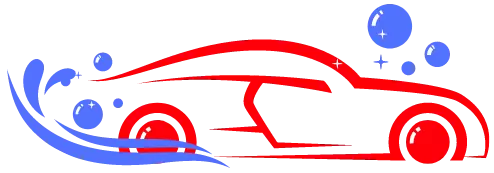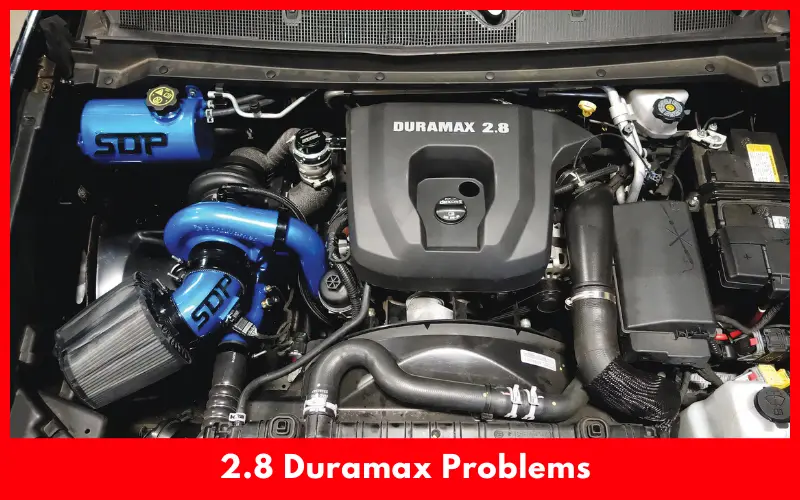2.8L Duramax engine is one of the best choice of diesel engine lovers for its exceptional towing capacity and great highway power. But 2.8L Duramax engine has some problems.
Most common 2.8L Duramax problems are bad fuel pumps, faulty fuel filters, poor emission systems, and turbocharger failures.
However, you can run a 2.8 Duramax engine up to 300000 miles without experiencing any minor issues particularly if you maintain the engine properly. But if you experience any 2.8L Duramax problems, bring the car to the nearest auto repair shop immediately for a deep diagnosis.
Article Summary
Most Common 2.8L Duramax Problems
Below are some common problems with 2.8 Duramax engines that most owners face along with their simple solutions:
1. Bad Fuel Pump
The fuel pump on the 2.8 Duramax engine malfunctions over time and causes plenty of problems including the engine dying after 5 seconds or won’t run. To verify, you can test the fuel pump using a factory-level scan tool like Autel mk800. Since 2.8 Duramax is a diesel engine, you will need to check its high pressure using a scan tool to bypass fuel rail pressure sensor.
If you want to test low-pressure fuel pumps using a fuel gauge kit, you have to visit a local auto parts store. Check fuel pressure by an expert mechanic as the fuel pressure can reach up to 30 PSI.
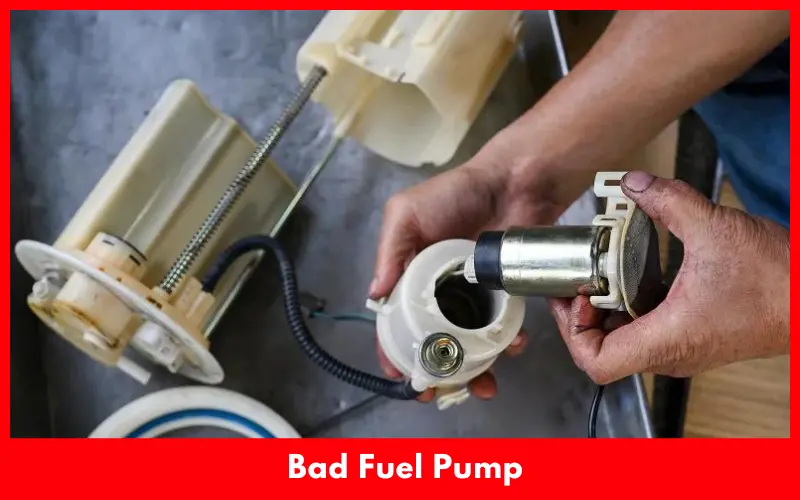
If you find the pressure within the manufacturer’s recommended range, you can hard reset your vehicle. To do so, disconnect battery terminals and connect them together. Then leave the terminals for around 10 minutes and charge the battery using jamper cables. While turning the key, if the fuel pump with squeaking noise and stops, you will need to replace the fuel pump.
2. Damaged Fuel Filter
Some owners of Chevy Colorado with a 2.8 Duramax diesel engine complain that its fuel filter gets clogged or blocked and triggers a reduced power warning message. The restricted fuel filter of the 2.8 Duramax engine can also trigger plenty of trouble codes including P026D duramax and P228C.
These codes indicate fuel delivery issues, fuel contamination within the system, low pressure in the fuel rail system and prevent ECU from getting the recommended pressure when required.
A faulty fuel filter on a 2.8 Duramax engine can also make the injectors contaminated or fail the fuel pumps. If so, you will need to flush the contaminated fuel and pour fresh fuel. Then you will need to replace the fuel filter. If you still experience any problems, check the whole fuel system with the aid of an expert mechanic.
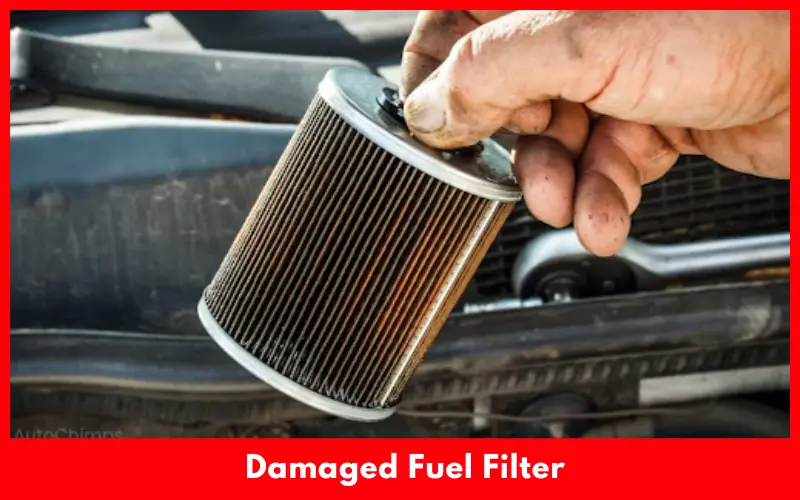
3. Emissions System Problems
2.8 Duramax diesel engine has a fancy system to control environmental pollution. However, its diesel particulate filter (DPF) and exhaust gas recirculation (EGR) system can malfunction and activate lamp mode during driving. In this case, you won’t be able to drive faster and lose control of some electric components.
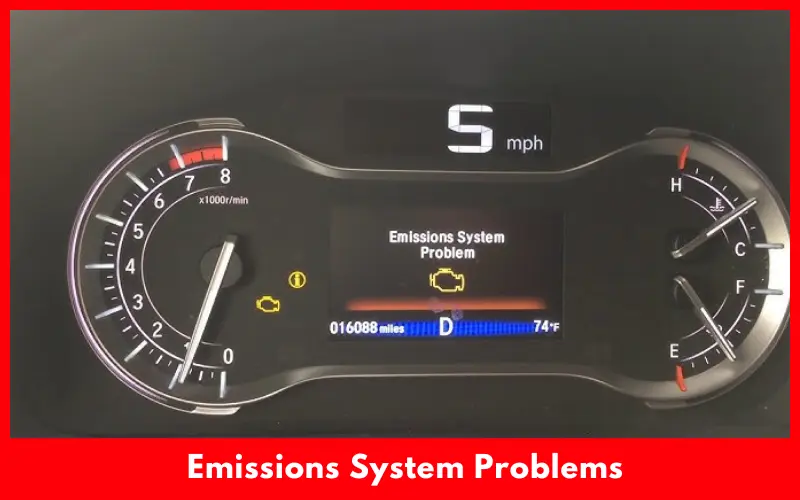
To fix the emissions system problems on 2.8 Duramax Engine, you will need to clean the blocked DPF and remove the excess soot to allow to DPF work properly and regenerate automatically again. To do so, you can drive your vehicle for around 10 minutes over 40 mph.
3. Turbocharger Failures
Some owner of the 2.8 Duramax engine complains that it has a problem with the turbocharger which increases engine power. It can mostly happen due to oil contamination or oil starvation. A damaged turbocharger can prevent you from accelerating powerfully or cause the acceleration to react slowly.
You may also struggle to drive your car at higher speeds due to a faulty turbocharger. If the turbocharger on 2.8 Duramax engine gets damaged, you will need to recondition or replace it. Otherwise, your car can go into limp mode due to driving its damaged turbocharger.
4. Transmission Problems
Transmission failure is a costly issue for vehicle owners with a 2.8 Duramax engine. It can prevent you from shifting gears smoothly or stick you on a road ride of failure completely. Transmission helps transfer power from the engine to the wheels and can affect the car’s performance if fails.
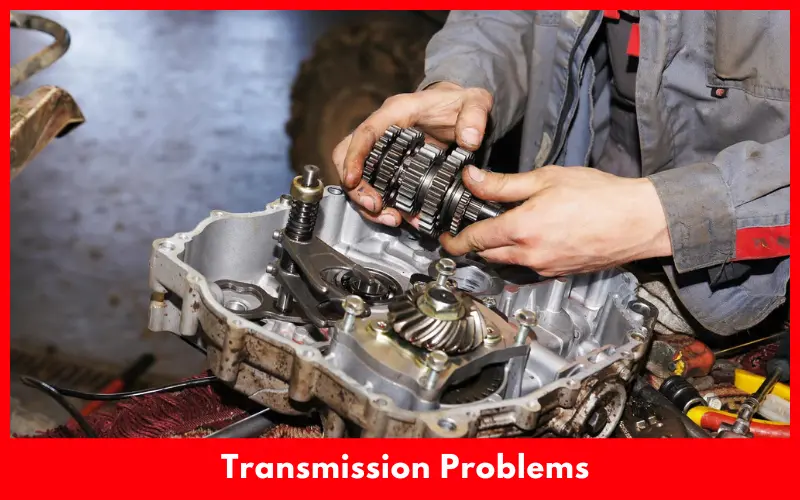
The symptoms of transmission failures are strange noise and slipping gears. If the transmission shows any problem, you can replace fluid, repair solenoids, reseal leaks, or replace throttle position cable adjustment to if the problem disappears. But if the transmission problem exists, you will need to reconstruct by spending up to $5000.
5. Engine Overheating
Some owners of 2.8 Duramax also complain that this engine gets too hot. It can happen due to a faulty cooling system or the design of the engine. Broken water pumps, blocked hoses, or radiator issues can also make the engine overheat. So you should hire an expert mechanic to check the whole engine to determine the reason for the overheating engine.
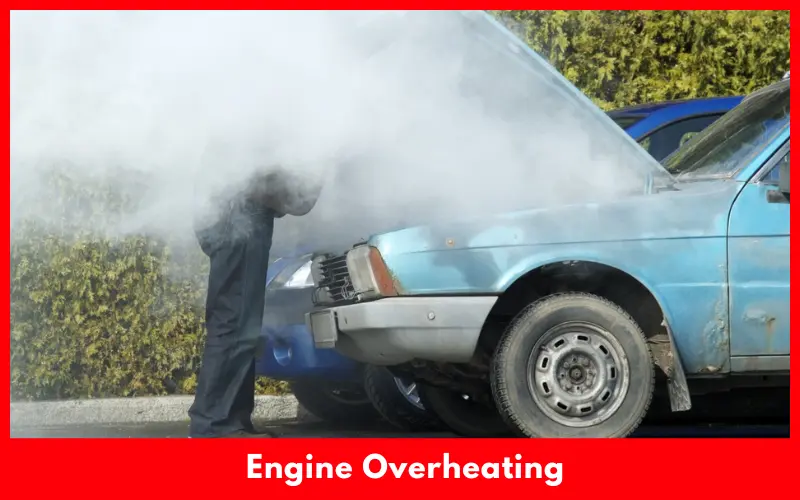
You shouldn’t also drive with an overheated engine as it can cause severe damage. If your 2.8 Duramax engine overheats during driving, stop driving, park it in a safe place, and wait for a few minutes to let it cool.
2.8L Duramax Engine Reliability and Life Expectancy
2.8 Duramax is an extremely popular and high-performing engine despite some minor problems. This engine is made of advanced technology and robust design to provide excellent durability and power on various high-performing cars including Chevy and Isuzu.
2.8L Duramax engine can easily handle heavy loads maintaining fuel efficiency even under challenging conditions. This engine can tow over 7000 lbs which is more than enough for carrying most small boats, pop-up camper, or race car.
Its turbocharger cab delivers sufficient torque to allow you to tow and haul extremely heavy loads. 2.8L Duramax engine is also designed with advanced diesel technology to ensure the perfect balance between economy and power.
This engine also maintains strict emission regulations to provide you with environment-friendly services. if you can maintain and take proper care of this Duramax engine, you can avoid almost any 2.8L and 3.0L Duramax problems and enjoy trouble-free performance.
FAQs
Is GM Discontinuing The 2.8 L Duramax?
Yes, GM discontinued 2.8 Duramax. The 2022 model was the last one from the 2.8 Duramax series. GM sold the manufacturing plant of 2.8 Duramax to the Chinese. The low demand for Colorado or Canyon diesel forces them to discontinue 2.8 Duramax.
How Many Miles Does A 2.8 Duramax Engine Last?
2.8 Duramax engine is a highly durable and long-lasting engine. This diesel engine can run up to 300000 miles without showing any major issues.
How Much Fuel Economy is A 2.8 Duramax Diesel Engine?
2.8 Duramax diesel engine offers one of the best fuel economies. This engine provides 30 mpg on the highway.
Final Words
Though the 2.8 Duramax engine has some problems, this engine is still good for Chevy owners. You can also avoid most of the 2.8 Duramax problems with proper care and regular maintanance.
But don’t ignore any of those problems and continue driving particularly when these are related to the engine. So if you experience any issue with your 2.8 Duramax engine, troubleshoot the problem immediately or hire an expert mechanic to inspect the whole engine.
